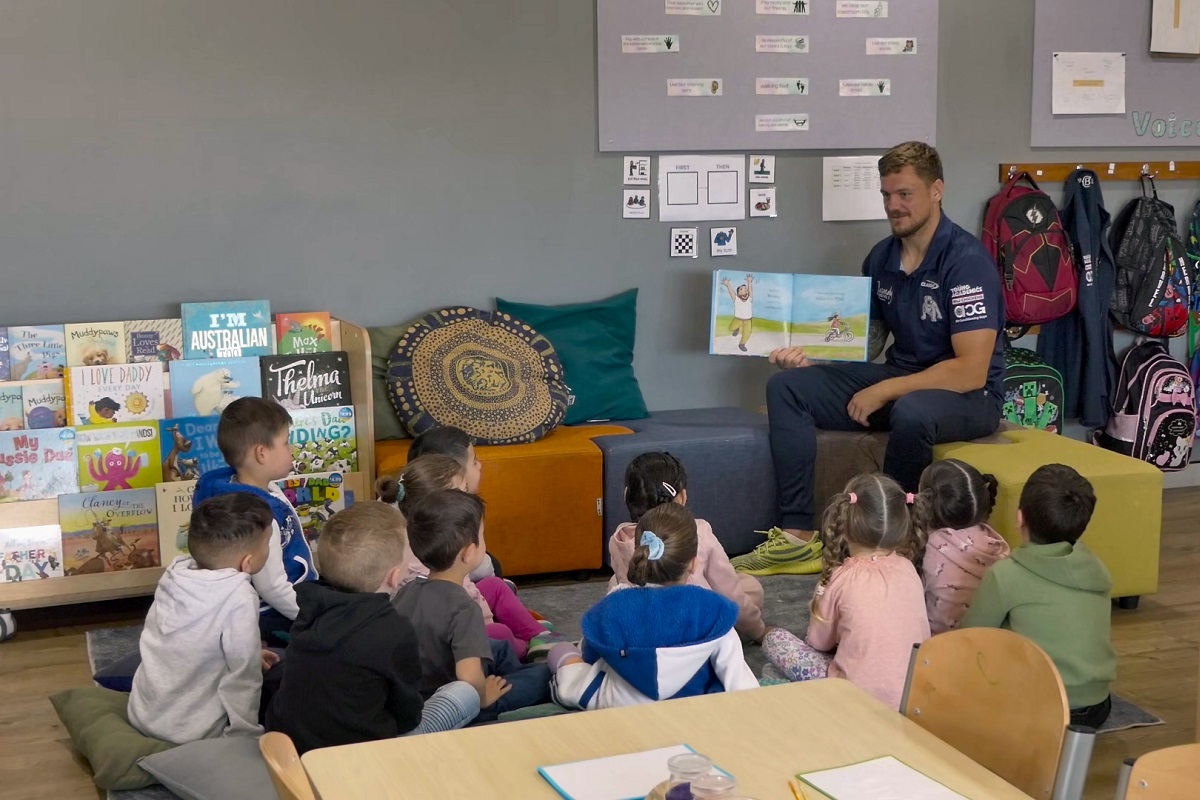Instilling road safety habits in our children is a crucial aspect of responsible parenting. The road can be a busy and unpredictable place, but with the right guidance, children can learn to navigate it safely. Whether it’s the daily commute to childcare or a weekend outing, road safety is a paramount concern. Follow along as we provide practical tips for teaching children the essentials of road safety.
Start Early
The foundation of road safety begins at an early age. Teach your child about the importance of looking both ways before crossing the street as soon as they start walking. Reinforce this habit consistently so that it becomes second nature.
Use Play as a Teaching Tool
Turn road safety into a fun and engaging activity. Use toys, such as cars and pedestrians, to create miniature road scenarios. Guide your child through the basics of stopping at intersections, using crosswalks, and respecting traffic signals in a playful setting.
Teach STOP! LOOK! LISTEN! And THINK!
You can practice this every time you cross the road with your child. Make sure you as parents are role modelling how to STOP at the kerb, LOOK both ways, LISTEN for traffic noises and teaching them to THINK critically about whether it is safe to cross the road or not. Discussions around safety of road crossing may include whether you are crossing on a safe pedestrian (zebra) crossing or not, or whether you are crossing at traffic lights and waiting for the green man indicator with the noise for pedestrians too.
Practice Safe Street Crossing
Take your child for regular walks in a safe and controlled environment, practicing street-crossing scenarios. Emphasise the importance of waiting for a green light at pedestrian crossings and using crosswalks when available.
Be a Role Model
Children learn by example, and parents serve as their primary role models. Demonstrate responsible road habits by following traffic rules, using crosswalks, and waiting for signals. Demonstrate responsible road habits by wearing your seatbelt and avoiding distractions such as texting or talking on the phone while driving. Your consistent behaviour will reinforce the importance of road safety for your child.
Hold Hands and Stay Close
Reinforce the habit of holding hands when crossing the street or walking in busy areas. This physical connection not only provides added security but also serves as a visible signal to drivers that your child is under supervision.
Set Clear Boundaries
Establish clear boundaries for outdoor play near roads. Children are naturally curious, and their play can sometimes lead them dangerously close to roads. Supervise outdoor play, establish safe play zones away from traffic, and teach your child to avoid chasing after balls or toys that roll into the street.
Fun Activities for teaching Road Safety at Home;
- Draw, paint or collage traffic lights and pedestrian crossings
- Play with toy cars and make road signs – Stop, Give Way, Traffic Lights
- Play on wheels such as bikes, scooters and practise stop and go
- Read stories that discuss road safety.
- Sing rhymes and songs such as ‘I’m a little seat belt’, sung to the tune of ‘I’m a little teapot’.
Road safety is a life skill that parents can impart to their children from an early age. By incorporating these practical tips into everyday activities and being consistent in your teachings, you can equip your child with the knowledge and habits they need to navigate the road safely.







